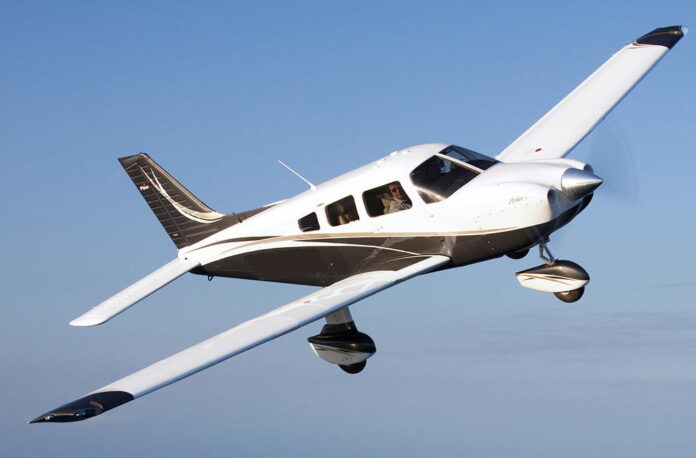Flying is one of humanity’s most extraordinary accomplishments. From the wondrously sleek shape of a jetliner slicing through the sky to the graceful soaring of a glider, the science behind flight is a marvel. At the heart of this incredible feat lies the intricate dance between aerodynamics and aircraft design, a fusion of engineering, physics, and creativity that allows us to conquer the skies.
Aerodynamics serves as the fundamental cornerstone upon which the entire field of aviation is built. It’s the study of how air behaves around objects, especially the way it interacts with moving aircraft. The principles of aerodynamics govern everything from a paper airplane’s flight to the complex dynamics of supersonic jets. Understanding these principles is akin to unraveling the secrets of flight itself.
One of the key elements in the realm of aerodynamics is lift—the force that counteracts gravity and enables flight. Lift is generated by the wings of an aircraft, which are ingeniously shaped to exploit the properties of airflow. The shape of the wing, known as an airfoil, is meticulously designed to create a pressure difference between the upper and lower surfaces, causing the air above the wing to move faster and thus creating lower pressure, which in turn lifts the aircraft skyward.
But lift is just one part of the equation. To soar through the skies efficiently and safely, aircraft designers must also contend with drag—the aerodynamic force that opposes an aircraft’s motion through the air. Minimizing drag is crucial for achieving optimal performance and fuel efficiency. This pursuit of reduced drag has led to innovations like sleek aerodynamic profiles, winglets, and advanced materials that minimize air resistance and enhance the aircraft’s overall efficiency.
The marriage of aerodynamics and aircraft design is not a static field; it’s an ever-evolving journey of innovation and refinement. Engineers constantly seek new ways to optimize aircraft performance and capabilities. Computational fluid dynamics (CFD) and wind tunnel testing have revolutionized the design process, allowing engineers to simulate and analyze airflow over aircraft surfaces with unprecedented accuracy. This technological prowess enables the creation of aircraft that are not just efficient but also quieter, more environmentally friendly, and capable of pushing the boundaries of speed and altitude.
Supersonic flight, once thought to be the realm of only military aircraft, has captured the imagination of commercial aviation. The Concorde, with its sleek delta wings and supersonic speeds, was a testament to human engineering prowess. Today, the quest for supersonic travel continues, with companies exploring new designs and technologies that could bring back commercial supersonic flight, promising shorter travel times and new frontiers in air travel.
The design and engineering principles that govern aircraft are not confined to just airplanes. Unconventional designs like the blended wing-body aircraft and futuristic concepts like flying taxis and autonomous drones showcase the boundless creativity and innovation in aviation. These novel designs challenge traditional notions, pushing the boundaries of what’s possible in the skies.
Advancements in materials science also play a pivotal role in shaping the future of aviation. Lightweight yet robust materials, such as carbon composites and advanced alloys, offer immense potential to revolutionize aircraft construction. These materials not only reduce the weight of aircraft but also enhance their structural integrity, fuel efficiency, and overall performance.
As we venture further into the future, sustainability becomes an increasingly critical aspect of aircraft design. The aviation industry is actively exploring alternative propulsion systems, such as electric and hybrid-electric engines, to reduce carbon emissions and environmental impact. These innovations aim to create a greener aviation ecosystem without compromising on performance or safety.
The science of flight, deeply rooted in the marriage of aerodynamics and aircraft design, continues to propel us into uncharted territories. From the pioneering days of the Wright brothers to the cutting-edge technology of modern aviation, the quest to conquer the skies remains an enduring testament to human ingenuity and innovation.
























